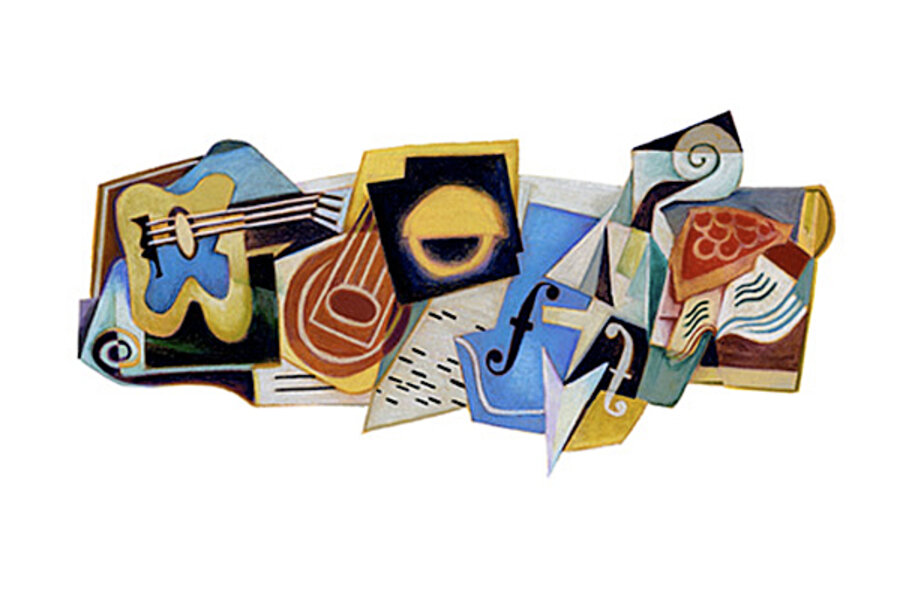'The Cubist's Cubist:' Juan Gris honored with Google doodle
Loading...
Juan Gris, born José Victoriano Carmelo Carlos González-Pérez, is honored with today’s Google doodle on the 125th anniversary of his birth in Madrid, Spain. The doodle highlights his work in the Cubist art movement, and though his name is not as widely known as other cubists like Pablo Picasso and Georges Braque, some say Mr. Gris is a Cubist in its purist form.
“Gris - as can be seen in a drawing like ‘Still Life: Teapot and Glass’ - carried the idea of the Cubists to a level of completeness and finish they hadn't originally attempted,” the Monitor reported in 1988, noting that Cubist trailblazers like Picasso and Braque may have delighted in the complexity Gris brought to his work.
Gris’s elementary level of art training upon his arrival in France in 1906 meant he did not have to go through the process of “unlearning” a more classic technique, reports TIME magazine, who referred to Gris as “The Cubist’s Cubist” in a 1956 article. Instead, Gris was able to dive directly into the cubist style. In fact, he was so usurped in the cubist approach that after finally trying his hand at a more traditional portrait he reportedly wrote a friend saying he always believed classical technique would be far more difficult, according to TIME.
Gris said he never consciously became a Cubist. In response to a 1925 questionnaire by the French Bulletin of the Arts, published in the book Theories of Modern Art, he said “by dint of working along certain lines, [I was] classed as such. I have never thought about its causes and its character like someone outside the movement who has meditated on it before adopting it,” said Gris.
Today’s doodle incorporates a number of Gris’s art work, including “The Book of Music,” “Violen and Glass 1,” “Bol et Livre,” and “Guitar with Clarinet.” The doodle art “[resonates] with harmonious hues, balance and counterbalance, [and] interlocking tone and pattern,” writes the Washington Post.
Get daily or weekly updates from CSMonitor.com delivered to your inbox. Sign up today.







